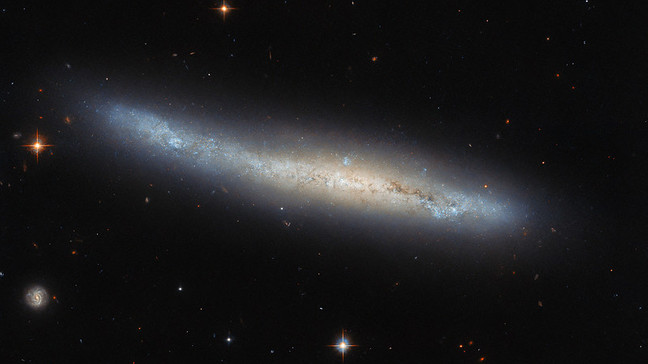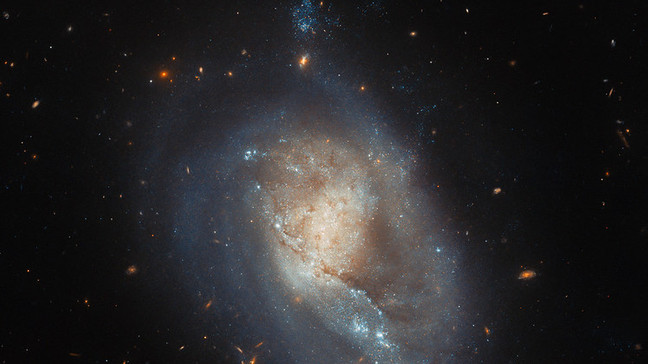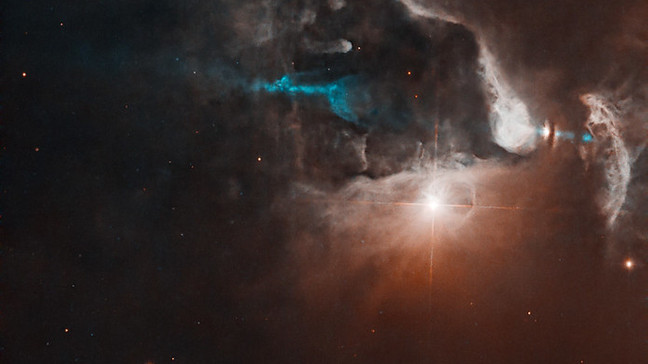NASA's Hubble Telescope marks 34 years with new photo of 'Little Dumbbell'
WASHINGTON (TND) — NASA has released a stunning new image from the Hubble Space Telescope to mark the 34th anniversary of the April 24, 1990 launch of the space observatory.
"To date, the telescope has taken over 1.6 million observations of 53,000 astronomical objects, including this brand-new snapshot of the Little Dumbbell Nebula," NASA wrote on X.
NASA said it is a planetary nebula which is an expanding shell of gas around an aging or dying star.
Also known as Messier 76 or M76, the nebula is 3.400 light-years away in the northern circumpolar constellation Perseus, according to NASA.
"The name 'Little Dumbbell' comes from its shape that is a two-lobed structure of colorful, mottled, glowing gases resembling a balloon that’s been pinched around a middle waist," scientists described. "Like an inflating balloon, the lobes are expanding into space from a dying star seen as a white dot in the center. Blistering ultraviolet radiation from the super-hot star is causing the gases to glow. The red color is from nitrogen, and blue is from oxygen."
Although it is known as a planetary nebula, it has nothing to do with planets.
In fact, according to NASA, they have the namebecause astronomers in the 1700s using low-power telescopes thought this type of object resembled a planet.
Scientists added the nebula could also be evidence for stellar cannibalism.
"M76 is composed of a ring, seen edge-on as the central bar structure, and two lobes on either opening of the ring. Before the star burned out, it ejected the ring of gas and dust," scientists noted. "The ring was probably sculpted by the effects of the star that once had a binary companion star. This sloughed off material created a thick disk of dust and gas along the plane of the companion's orbit. The hypothetical companion star isn't seen in the Hubble image, and so it could have been later swallowed by the central star. The disk would be forensic evidence for that stellar cannibalism."
More photos from the Hubble Space Telescope can be viewed here.




